Cowpea leaf damage...
anney
13 years ago
Related Stories

GARDENING GUIDESGot Frost-Damaged Plants? How It Happens, and When and How to Prune
Crispy brown leaves are a sure sign that Jack Frost has been to your neighborhood
Full Story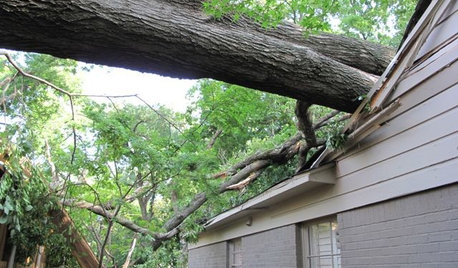
HOUZZ TOURSMy Houzz: Twister Damage Sparks a Whole Ranch Remodel
A Dallas couple transforms their traditional rambler into a bright, family-centered haven after a tornado
Full Story
TRAVEL BY DESIGNHouzz TV: Take a Leaf-Peeping Road Trip in New England
Ride along with a Houzz contributing photographer to see gorgeous autumn eye candy from New York to New Hampshire
Full Story
MONTHLY HOME CHECKLISTSYour Fall Home Maintenance Checklist
Prep your house and yard for cold weather with this list of things to do in an hour or over a weekend
Full Story
GREAT LAKES GARDENINGGreat Lakes Gardener's December Checklist
Learn the dangers — and benefits! — of snow in the garden, and how to decorate for the best look and the least damage
Full Story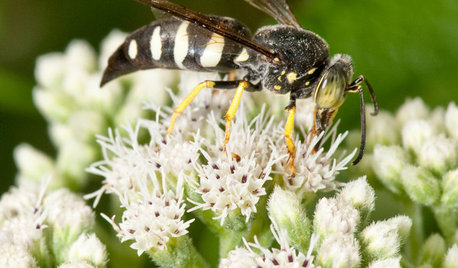
GARDENING GUIDESSand Wasps Keep True Bugs in Check and Help Pollinate Summer Flowers
Look for these solitary wasps nesting in sandy sites and foraging on flowers in July and August
Full Story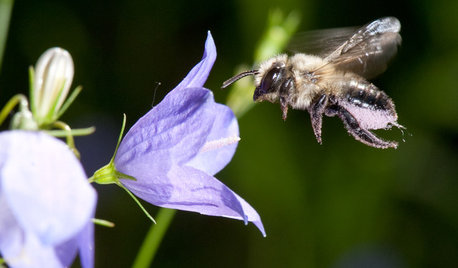
GARDENING GUIDESPut Out the Welcome Mat for Leafcutter Bees in Your Garden
Provide a diversity of flowering plants from spring through fall for these charismatic native bees, and you won’t be disappointed
Full Story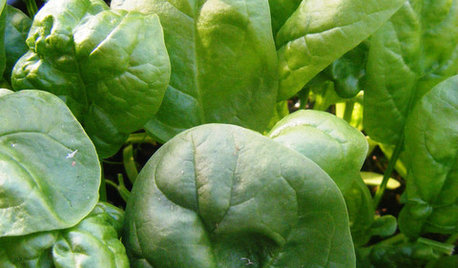
COOL-SEASON CROPSCool-Season Vegetables: How to Grow Spinach
Chock-full of antioxidants and iron, spinach is a nutrient-rich addition to your fall or spring garden
Full Story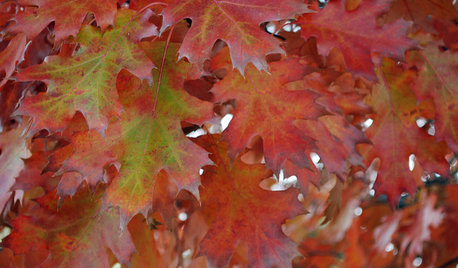
GARDENING GUIDES6 Healthy Ways to Handle Fallen Leaves
Once nature's beautiful bounty is spent, these ecofriendly strategies for leaves will put your yard in the clear
Full Story
THE ART OF ARCHITECTURELaser-Cut Focus: The Future of Design Is Here
Discover how this laser technology can make almost any pattern a reality
Full Story





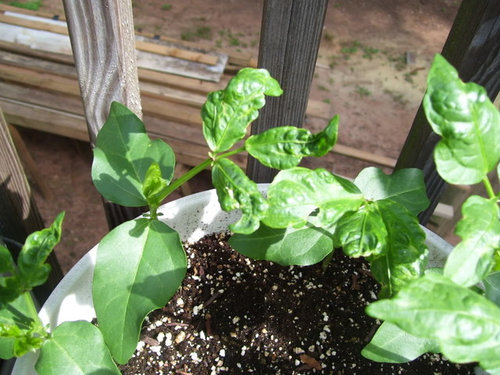

jimster
anneyOriginal Author
Related Professionals
Arlington Landscape Architects & Landscape Designers · Williamsburg Landscape Contractors · Bowie Landscape Contractors · Fruit Heights Landscape Contractors · Hannibal Landscape Contractors · Merced Landscape Contractors · South Lake Tahoe Landscape Contractors · Spring Landscape Contractors · Wilsonville Landscape Contractors · Auburn Decks, Patios & Outdoor Enclosures · Bethany Decks, Patios & Outdoor Enclosures · Castle Rock Decks, Patios & Outdoor Enclosures · Mebane Decks, Patios & Outdoor Enclosures · Pittsburgh Decks, Patios & Outdoor Enclosures · San Antonio Decks, Patios & Outdoor EnclosuresanneyOriginal Author
mauirose
anneyOriginal Author
aftermidnight Zone7b B.C. Canada
jimster
jimster
anneyOriginal Author
anneyOriginal Author
aftermidnight Zone7b B.C. Canada